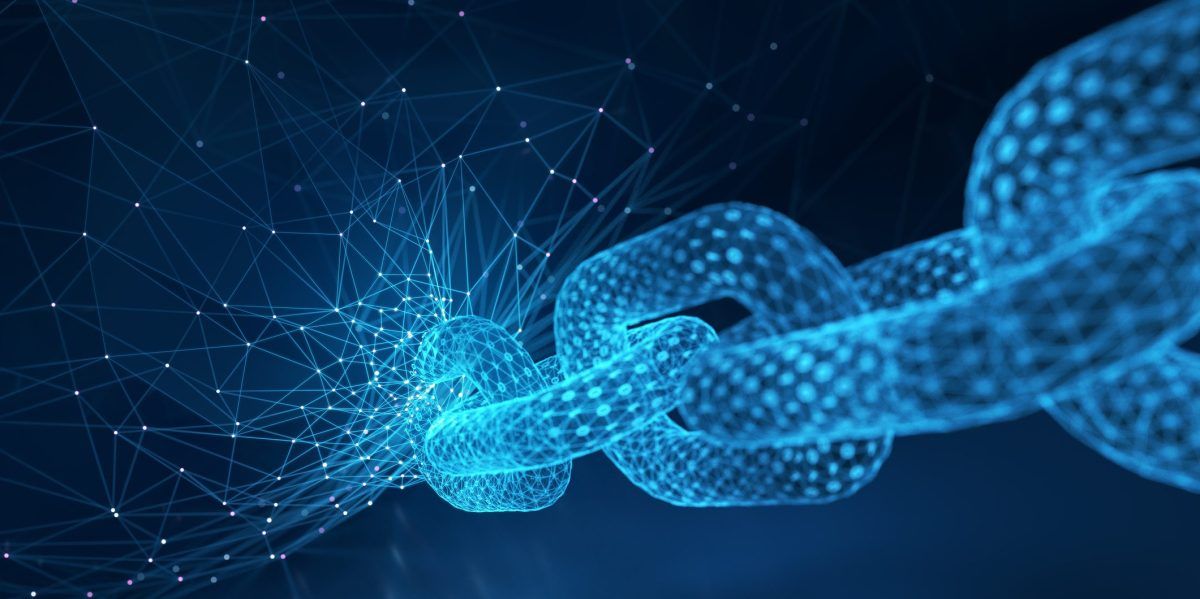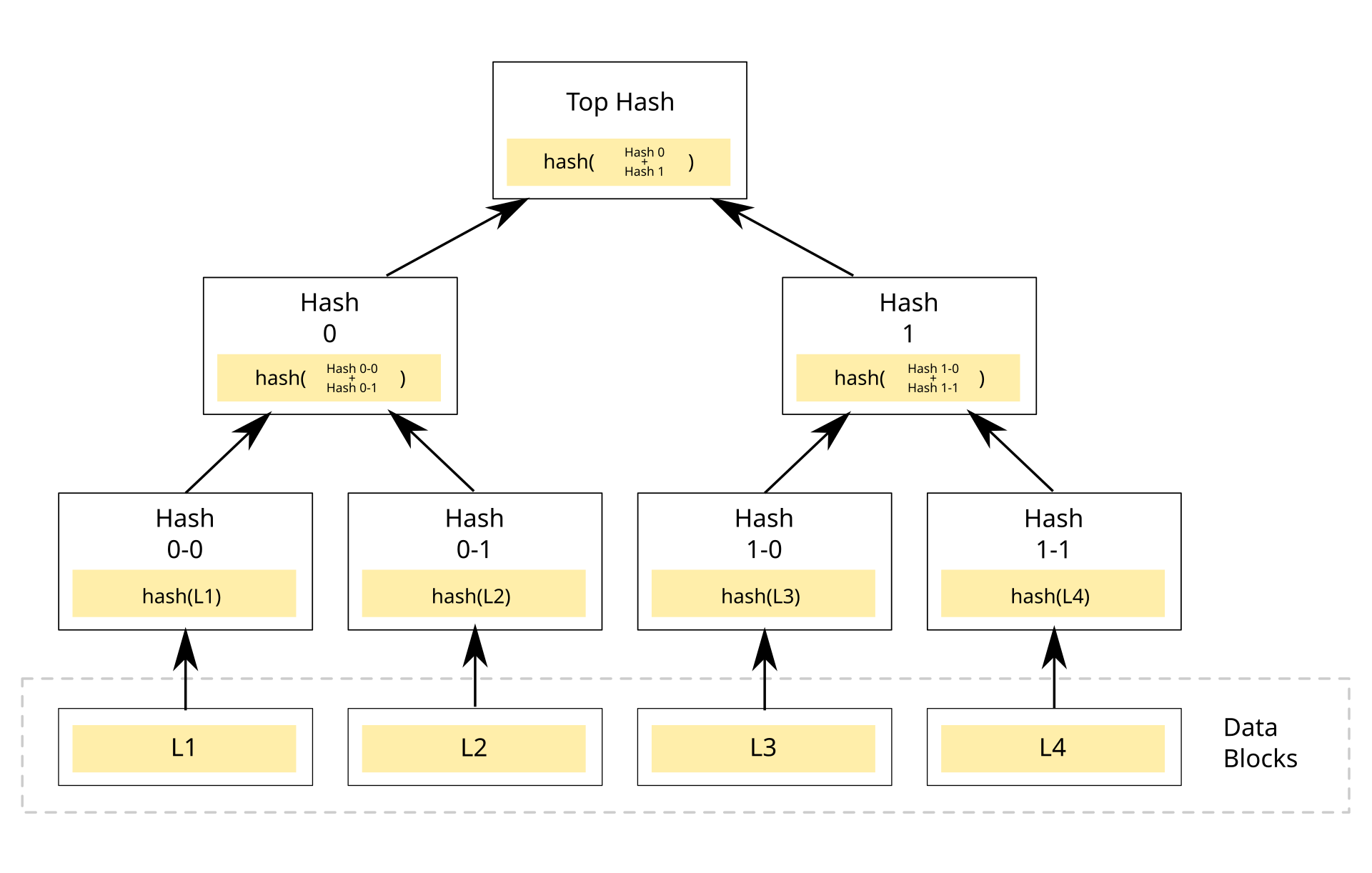The End of Tokens
Tokens have baggage. We're better off calling them digital objects.

Since the beginning of the internet, humans have been trying to bring physical objects into the digital sphere.
An object is something which we can transfer from one person to another. Like a piece of paper. The moment Alice gives it Bob, Alice no longer has it.
But unlike a piece of paper, when I transfer a file to another computer, this file is not automatically removed from my computer. Two copies are now in existence.
Until the blockchain.
Acting as a universal ledger, blockchains allow us to keep track of who holds a given object at all times - acting as a universal record keeper of truth.

The rise of tokens
Before blockchains arrived, you could not transfer an object online like you could in real life. Blockchains open that new paradigm and that is what makes these "tokens" special.
I'd argue that because the start of every big hype or bull market always come through the hyper-financialization of assets, we collectively agreed to call these digital objects “tokens” to kick-off this new market. And it worked.
Thousands of new tokens have sprung up in the last few years, most of which follow the ERC-20 (fungible) or ERC-721 (non-fungible, "NFT") token standards.
To give you some additional context, here's the list of all functions within the ERC-20 token standard:
function name() public view returns (string)
function symbol() public view returns (string)
function decimals() public view returns (uint8)
function totalSupply() public view returns (uint256)
function balanceOf(address _owner) public view returns (uint256 balance)
function transfer(address _to, uint256 _value) public returns (bool success)
function transferFrom(address _from, address _to, uint256 _value) public returns (bool success)
function approve(address _spender, uint256 _value) public returns (bool success)
function allowance(address _owner, address _spender) public view returns (uint256 remaining)
As you can see, nothing specifically states that these tokens hold any monetary value. Nothing explicitly states otherwise though. And that is the magic.

Some objects will be currency, like salt, bones, cloth, and feathers have been in the past. But not all tokens are currency or speculative assets. In fact, they behave a lot more like digital objects.
Digital Objects
Tokens, or better yet “digital objects”, have attributes, functionalities enabling them to behave in the same way real-life objects do (those with a software engineering background, can think of Object Oriented Programming).
Let’s take a table for example:
- A table is made up of wood. It has four legs. It has a shape, round or square. It has a color.
- It can stand still, but it cannot jump. It can be used, but it doesn’t talk.
The details of how the table looks and feels are its attributes. The actions a table can or can’t do are its functionality.
Tokens behave in a similar fashion:
- A token has a name, a max supply, a creator, an owner.
- It can be transferred and used for voting, but it cannot win more tokens or send messages to previous token owners (unless of course, this is programmed within the token’s smart contract).
When we’re speaking about "tokens" then, we’re merely referring to instances of objects as defined by the smart contract that created them. This contract decides what the digital object will looked like, what it can or can’t do, and who is able to do it.
The contract merely sets the framework for how the digital object can behave - similar to how an inventor sets the outline for an object will be able or not to do.

The Token Problem
The problem with calling these digital objects “tokens” is that the word inherits a baggage.
Tokens are expected to behave like currency or speculative assets - and most importantly, they’re often debatably interpreted as securities.
Digital objects, on the other hand, are products. These are things we use online for a specific reason - like voting, guaranteeing an event entrance, or storing ownership.
As our world moves increasingly online, having a secure, immutable, open ledger recording who owns which asset enables us to finally have digital objects to transact with. What these digital objects are able to do is up to us.
They can serve as art, books, or even national IDs. They can also be things that can't exist in “real-life” due to physics. These digital objects can behave in internet-native ways, based on conditional statements or other events happening on-chain.
Digital objects and the smart contracts powering them open a sea of possibilities to reimagine how we transact digitally. And quite frankly, merely calling them “tokens” shows a lack of vision and opens a whole lot of problems.


.svg)



















